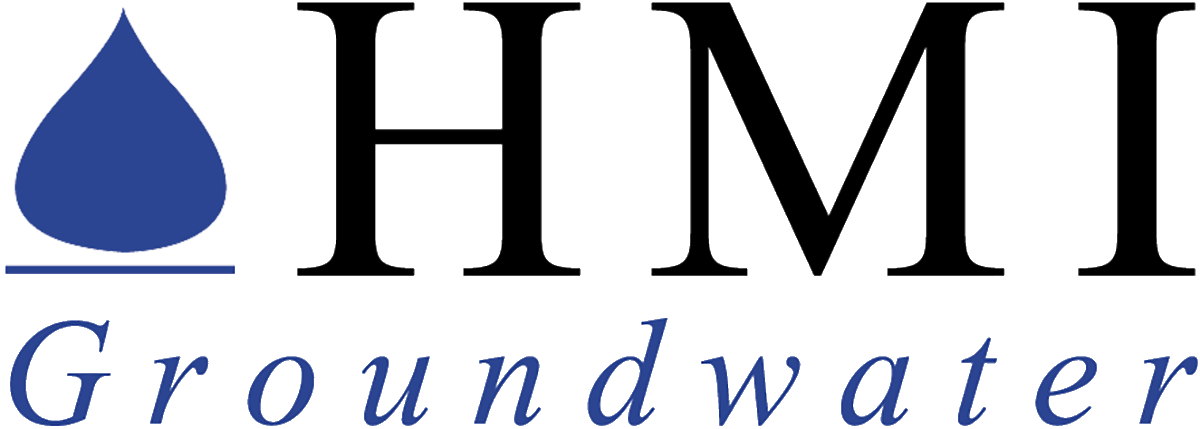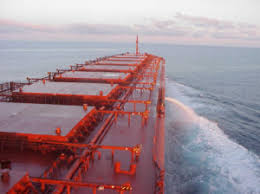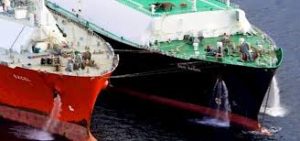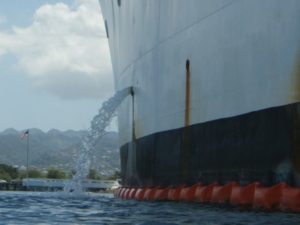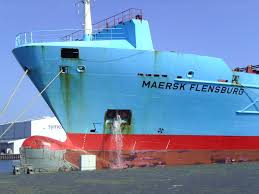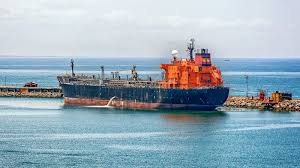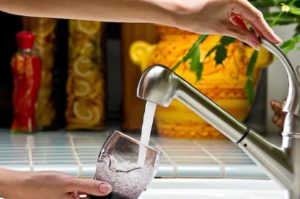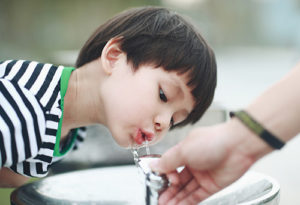Although the International Convention for the Control and Management of Ships’ Ballast Water and Sediments, 2004 (Ballast Water Management Convention) has not yet entered into force, the United States regulates ballast water management domestically through the Coast Guard (USCG) under the Nonindigenous Aquatic Nuisance Prevention and Control Act of 1990, as amended by the National Invasive Species Act of 1996 (NISA) (16 U.S.C. §4711) and through the Environmental Protection Agency’s (EPA) Vessel General Permit program, issued under the Federal Water Pollution Control Act(33 U.S.C.§1342).
NISA requires the Secretary of Homeland Security to manage the discharge of aquatic nuisance species in ship ballast water into U.S. waters. The Secretary has delegated authority to the USCG to establish and enforce regulations to prevent the introduction and spread of aquatic nuisance species through ballast water. NISA authorizes the Secretary of Homeland Security, in consultation with the Aquatic Nuisance Species Task Force, to approve the use of certain alternative ballast water management methods if she determines that those alternative methods are at least as effective as mid-ocean ballast water exchange in preventing and controlling infestations of aquatic nuisance species(16 U.S.C. §4711(b)(2)(iii)).
